What are Bacteriophages?
Bacteriophages, also known as phages, are ubiquitous viruses, found wherever bacteria exist. It is estimated there are more bacteriophages than every other organism on Earth combined. Phages are natural predators of bacteria, and the name “bacteriophage” translates as “eaters of bacteria”. Phages infect and rapidly kill the bacterial host by multiplying inside and then bursting through the cell membrane in order to release the next generation of phages into the surrounding environment, ready to infect and kill additional nearby target bacterial cells until the bacteria have been eliminated. When there are no target bacteria left for the phages to infect, the phages are removed through the body’s natural clearance processes.
The use of natural and synthetic phages has several advantages compared to traditional antibacterial therapies based on the unique mechanism of action of phages. A typical life cycle of a lytic phage takes around 30-60 minutes, and only stops once the pathogenic bacteria have been eliminated.
Infection yields progeny and results in bacterial lysis:
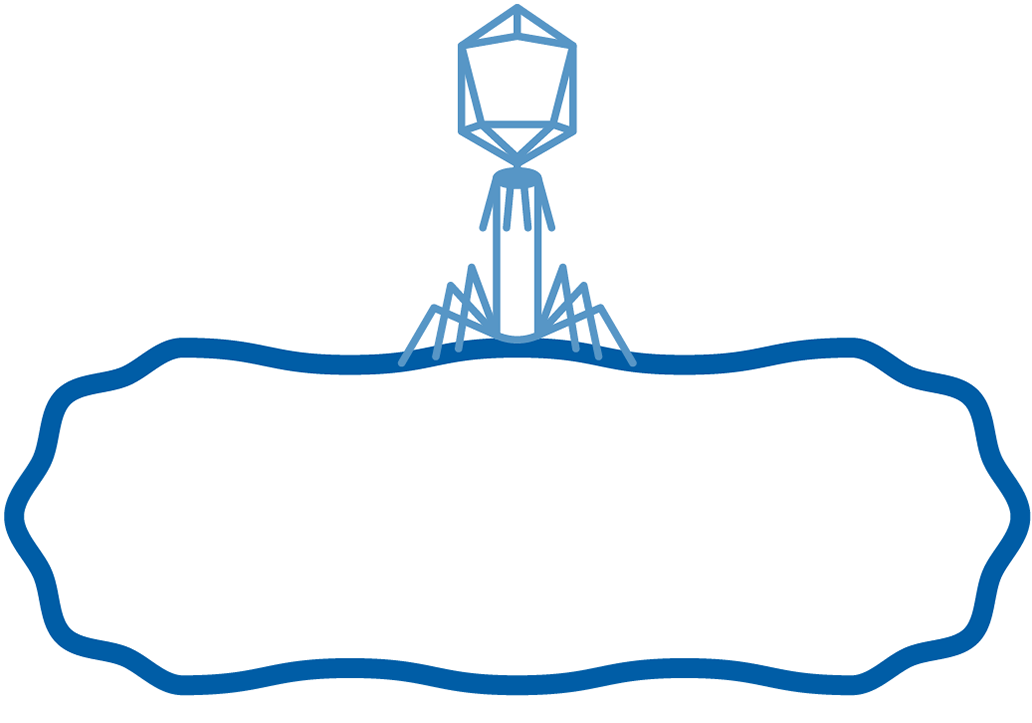
1) Phage binds target bacteria.

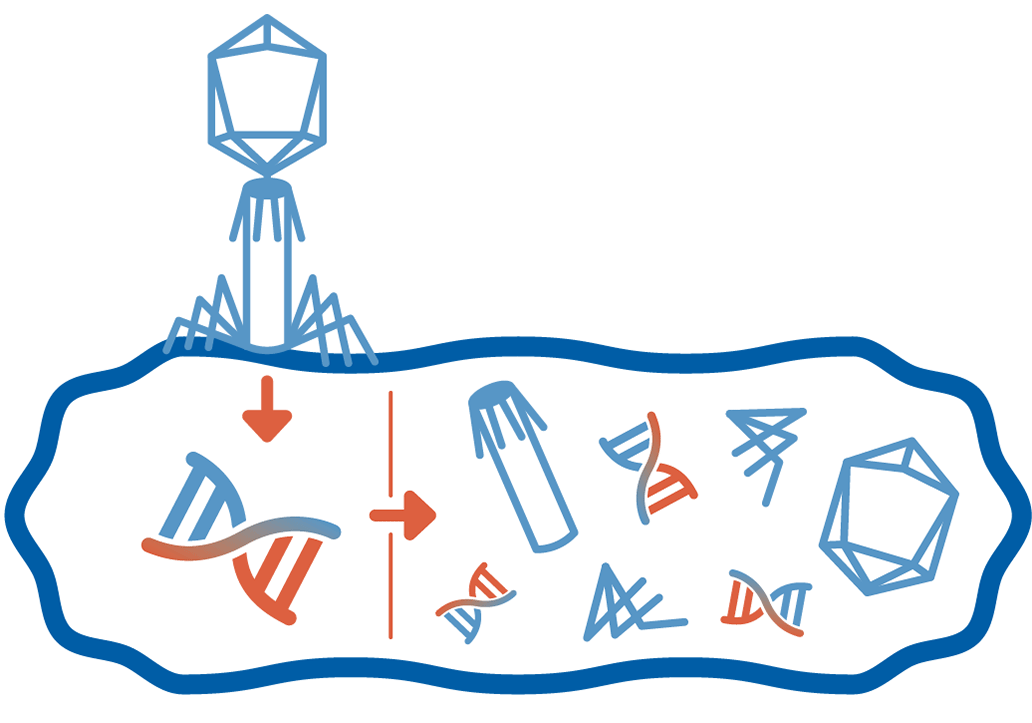
2) Injection of phage DNA, replication, and production of phage proteins.

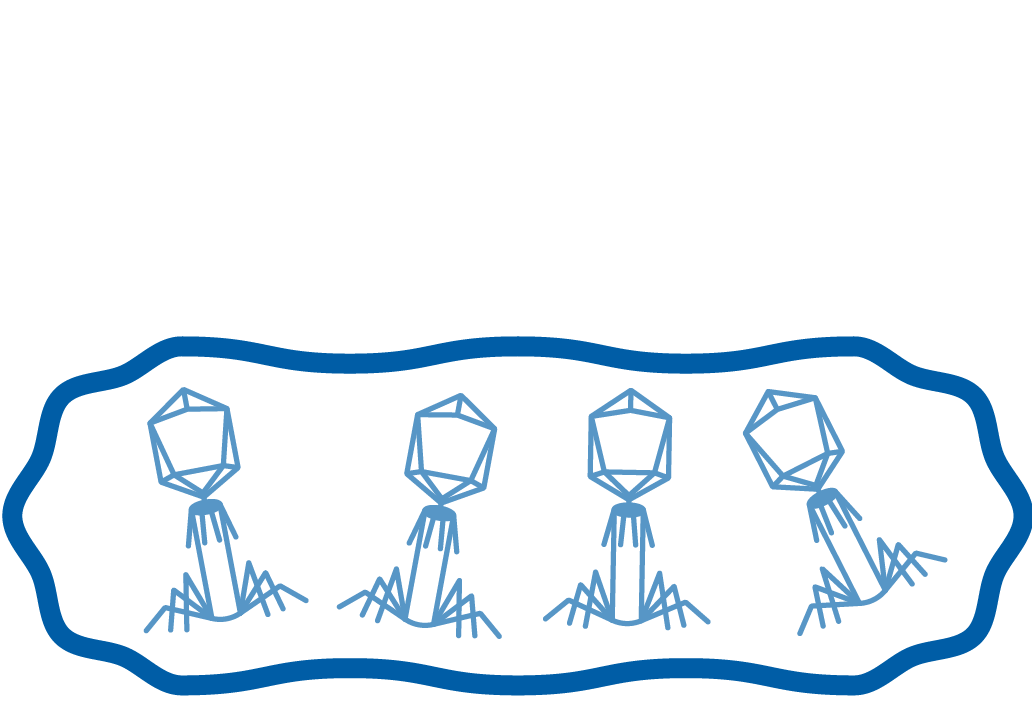
3) Phage assembly.

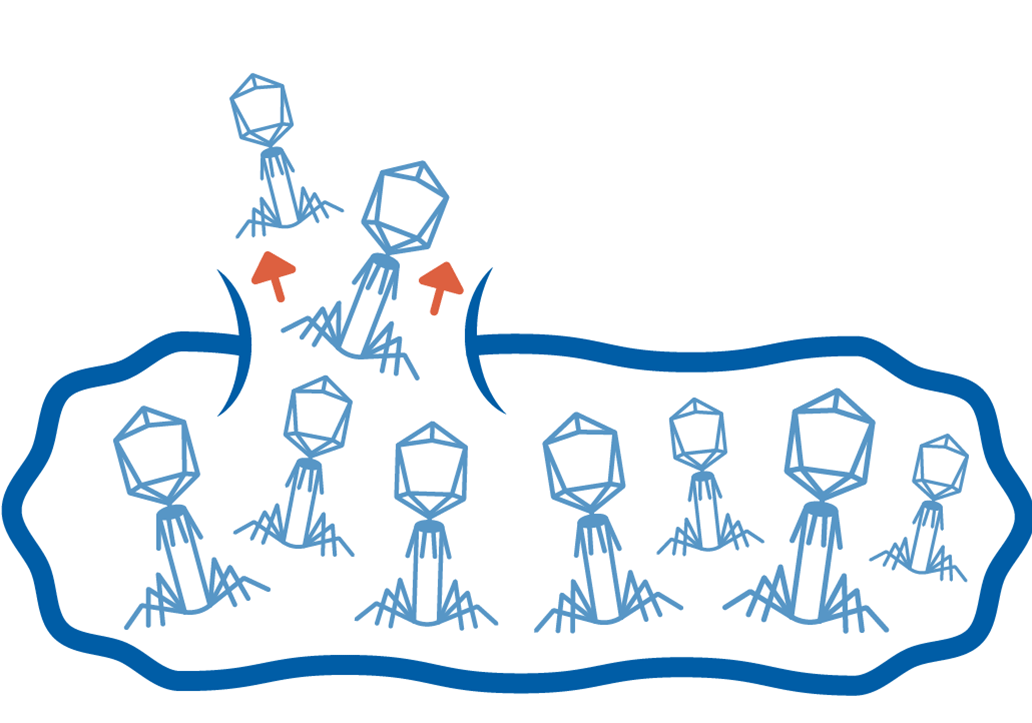
4) Bacterial cell bursts, releasing progeny phages that then bind neighboring target bacteria.

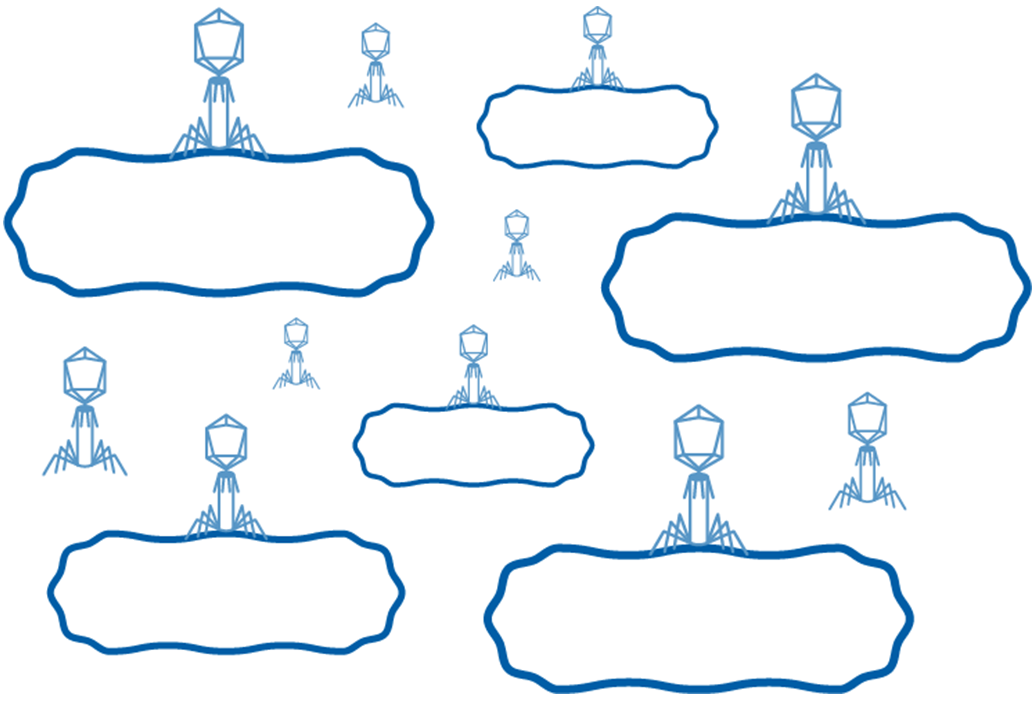
5) Cycle repeats. Reinfection results in an exponential increase in the number of lysed bacteria.
Read about some of the differentiating attributes of phages compared to classic antibiotics here »
Highly specific bactericidal agents, sparing the microbiome
Since each strain of phage generally exploits only a particular bacterial host, phages may be a precision tool to reduce or eliminate specific strains of harmful bacteria without exposing patients to risks of eliminating beneficial bacteria through the use of antibiotics. Such risks could include serious opportunistic infections such as Clostridium difficile infection and vancomycin-resistant enterococcal (VRE) infection.
No known toxicities associated with chemical structures
Antibiotic use is often associated with toxicities (e.g. kidneys, bone marrow, hearing loss). Phages are highly unlikely to carry structural features or be metabolized by the body to produce structural elements that confer chemical toxicities associated with small molecules.
Distinct mechanism of bactericidal action
Since phages use different mechanisms of action, their activity is independent of antibiotic resistance, and as such could provide much needed therapy for multidrug-resistant infections.
Replication competent
It is possible that phage replication at the site of infection facilitates effective dosing.
High potential for added functionality through genetic engineering
Phage genomes can be modified to confer benefits that address limitations, if any, that are observed during clinical development. Traits such as host range, burst size and biofilm disruption can be improved. These potential improvements help to assure phage therapeutics efficacy in difficult settings and over time as new isolates emerge. Read about Armata’s synthetic phage platform.

Learn more about Bacteriophage Therapy here »

